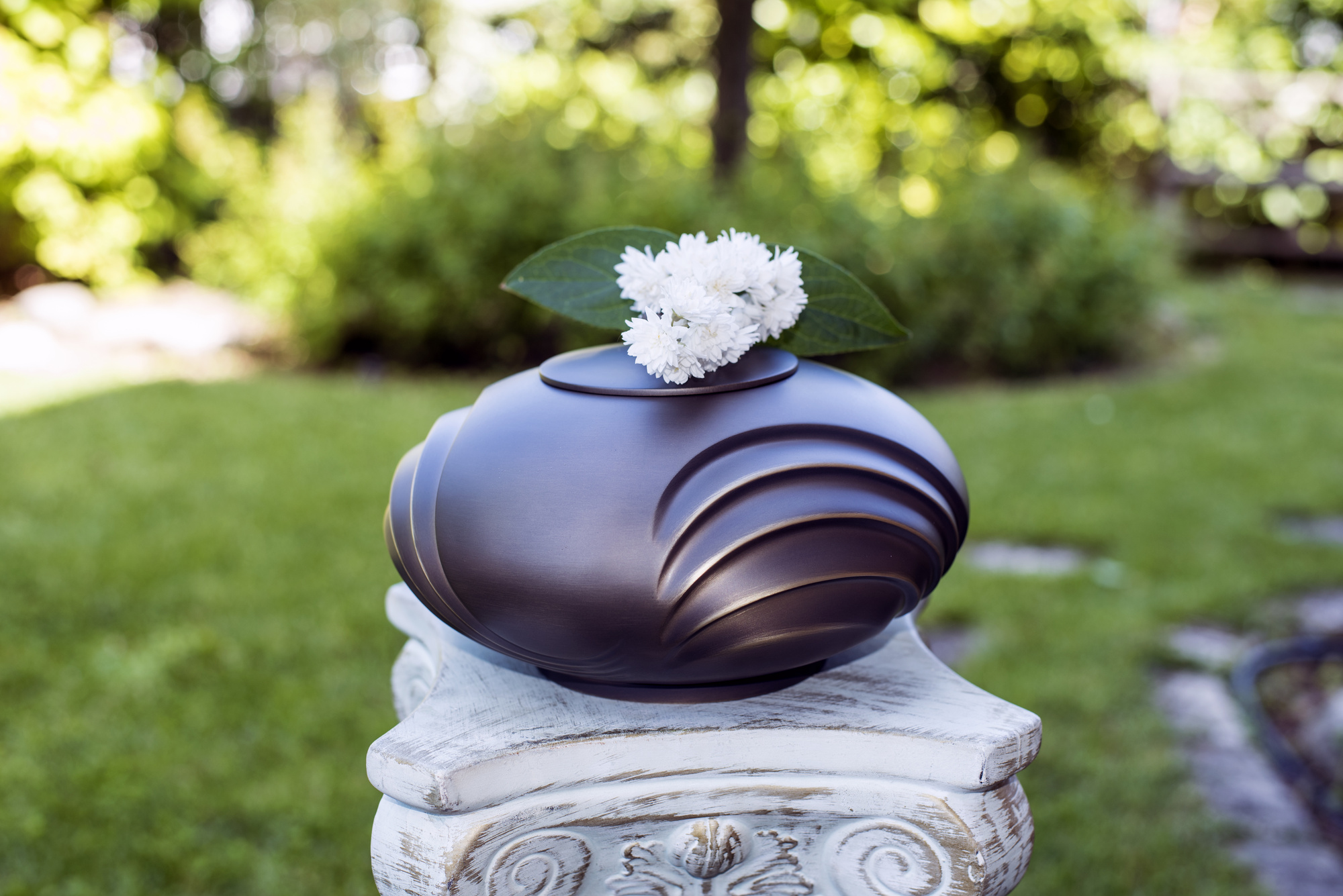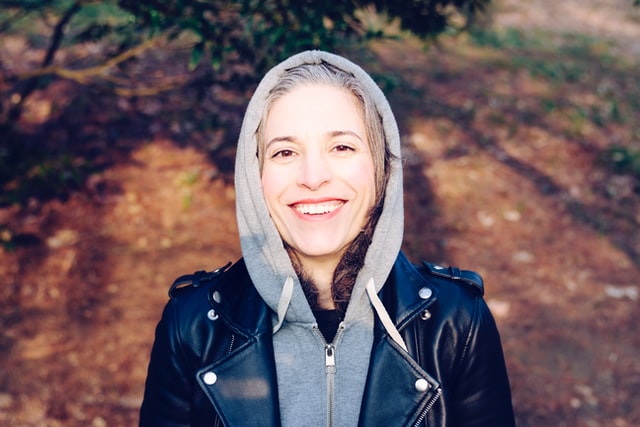Did you know that over half of all Americans choose to be cremated rather than laid to rest? Cremation vs. Burial is a decision most of us have to make before our time comes. But what are the deciding factors, and why does it matter in the first place?
if you’re curious about what comes after your death, we’re here to help. Read on to learn some of the factors in deciding whether you’d rather be cremated or buried.
Price
Sadly, one of the first things we need to consider is the cost of each process. Being laid to rest isn’t free, and those left behind will need to pay the expenses.
Due to this factor, many people choose their preference based on the cost. It’s especially common for people in lower- or middle-income brackets to pick the cheaper option. Here’s a bit more information on the cost of each process.
Cost of Cremation
To start, the cost of cremation depends on the funeral home you’re associated with. Another factor is the state you live in, which always has an average.
For example, the average cost of cremation in Florida is just over $2,000. The cost of a funeral with cremation is around $7,000.
However, once this cost is paid, there are no more costs to consider. You may have an elaborate trip or ceremony to spread the ashes, but this cost is too varied to consider.
Cost of Burial
The cost of burial is considerably more varied. More factors need consideration when a body is buried.
For example, the body undergoes a much more thorough preparation. Whereas a cremated corpse is processed and then dealt with, a buried corpse is embalmed. The labor of this process, the necessary skill set, and the supplies all raise the cost.
Furthermore, a funeral will require a casket, which adds hundreds or thousands to the bill. Purchasing a plot of land for burial adds to the cost, as does the headstone and grave marker. However, if you know where to look, you can find caskets with good affordable prices.
While this all sounds expensive, you also have more options. A direct burial is a good way to save money. These burials don’t allow viewing or visitation, with the body being buried in a simple container shortly after death.
As such, it’s difficult to give an average, as you have much more room to customize the burial process. Expect around $1,000 to $4,000 for the burial process. The primary factors are the style of burial, ceremony, and the cost of the coffin or casket.
Process and Preference
Another important factor to consider is each style’s process. The individual who’s passing away, if possible, should make their preferences known.
For example, not everyone likes the idea of being buried. Some may prefer to have their ashes spread in a place that’s important to them.
Faith
The individual’s religion may also factor into the decision. Islam, Orthodox Judaism, the Mormon faith, and many others don’t allow cremation. Conversely, Hinduism mandates cremation as the last rite of antim sanskar.
The party handling these services should know the deceased’s preferences. If they left no preferences behind, it’s up to those handling the service to understand the best way to continue.
Environment
Others may find certain environmental benefits to factor into their decision. An example of this is that many feel that burial is not good for the environment.
Cemeteries and graveyards have a capacity and the ground can quickly become crowded. It’s common in some areas for severe storms to unearth corpses. In places like Louisiana, intense flooding causes caskets to float to the service and pop open.
Generally speaking, cremation is better for the environment. Cremated urns are often buried and take up significantly less room. Otherwise, the deceased’s loved ones can spread the ashes into nature.
Contact your local funeral home and see if their cremation process is environmentally friendly. Many funeral homes emphasize this heightened sense of “green passing.”
Visitation
The final factor to consider is visitation and memorials. For many families, this factor is the most important part of the funeral process.
Burial gives a dedicated site for a family or loved one to visit. The burial will often involve a headstone or memorial grave marker.
The site of burial becomes a site of visitation to connect with a deceased loved one. It’s common for families to leave flowers or memorial items on a regular basis on a grave.
For many, this process is a crucial part of handling grief. It’s also a permanent memorial for the family to remember their loved one.
However, there’s also a level of maintenance that goes into a grave. Gravestones will weather over time and need semi-frequent cleaning. While some graveyards or cemeteries will handle this process, others will leave such a thing to the loved ones.
In contrast, cremation has a less specific memorial site. Many will choose to bury a cremation urn. In this case, the buried urn functions as a grave.
But what is cremation for beyond dealing with a body? For many, cremation gives a better way to create a memorial site to visit.
Many families choose to lay their loved ones to rest by spreading their ashes in a sentimental place. Beaches, mountains, forests, and other natural areas are common choices for this process.
It’s often believed that spreading the ashes of a loved one creates a beautiful visitation site. The beach or forest becomes a site of memorial for their loved ones.
Visitation is a deeply personal part of handling grief. If the deceased didn’t leave behind a preference, it’s best for the family to pick what will best help them.
Deciding on Cremation Vs. Burial
Cremation vs. burial is a personal choice with financial, environmental, and cultural factors. It’s best for the deceased to leave behind some instructions on their preference. If there are no instructions left behind, the surviving loved ones should choose what they feel would best fit.
For more informative reads, be sure to browse our extensive site.




